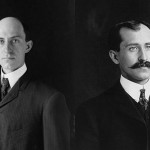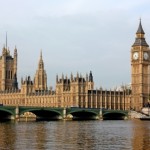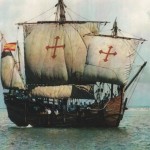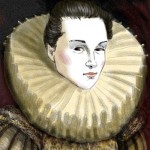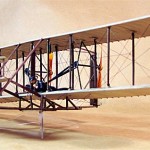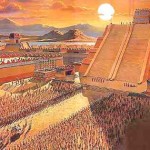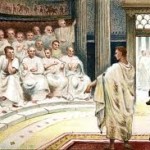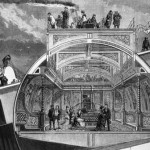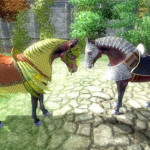No college – Wilbur and Orville were the only members of the Wright family who didn’t attend college. Orville spent the years learning the printing trade, while Wilbur helped at the local church.
Category Archive: History
Westminster Palace History
The Palace of Westminster was established by King Canute in the early-11th century and much expanded by Edward the Confessor after his coronation in 1042. After the Norman Conquest, William I adopted Westminster to help validate his new regime and his son, William Rufus, built the great hall (Westminster Hall). At the time of its …
Spanish Conquistadors Women
Mention the Spanish conquest of the New World and the names of illustrious Conquistadors come to mind: Hernán Cortés, who brought down the Aztec empire; Francisco Pizarro, the conqueror of Peru; and a host of grim-faced, bearded men in breastplates and steel bonnets who made the perilous Atlantic crossing in the 16th and 17th centuries …
How The Wright Flyer Was Made and Worked
The Wright brothers’ first powered plane was called the Wright Flyer, find out how it worked! On 17 December 1903 in Kitty Hawk, North Carolina, the Wright Brothers – Orville and Wilbur – alternately flew their Flyer four times, the longest of which covered 259 metres (852 feet) lasting just a second short of a …
Facts about Aztecs Culture
The Aztec empire thrived for just 100 years before it was crushed by Spanish conquerers. But during that time, the Aztecs developed a culture whose mix of wealth and bloodlust still holds our fascination. 500 to 700 people had to die each year in order to appease the gods. The majority were prisoners of war.
Why Swinging Saloons Failed
The SS Bessemer was an experimental Victorian ship that attempted to solve the age-old problem of seasickness among passengers by isolating the main cabin (saloon) from the rest of the vessel. The idea behind this was that if the main saloon could remain stationary (horizontal) in relation to the tilting hull of the ship, then …
Horse Armor in Medieval Combat
Medieval combat largely revolved around mounted engagements, with cavalry playing a crucial role in the majority of battles. Keeping horses alive and in good condition was therefore imperative to success, with arrows, spears and swords often targeting the animal over the rider due to the knight’s extensive armour.





